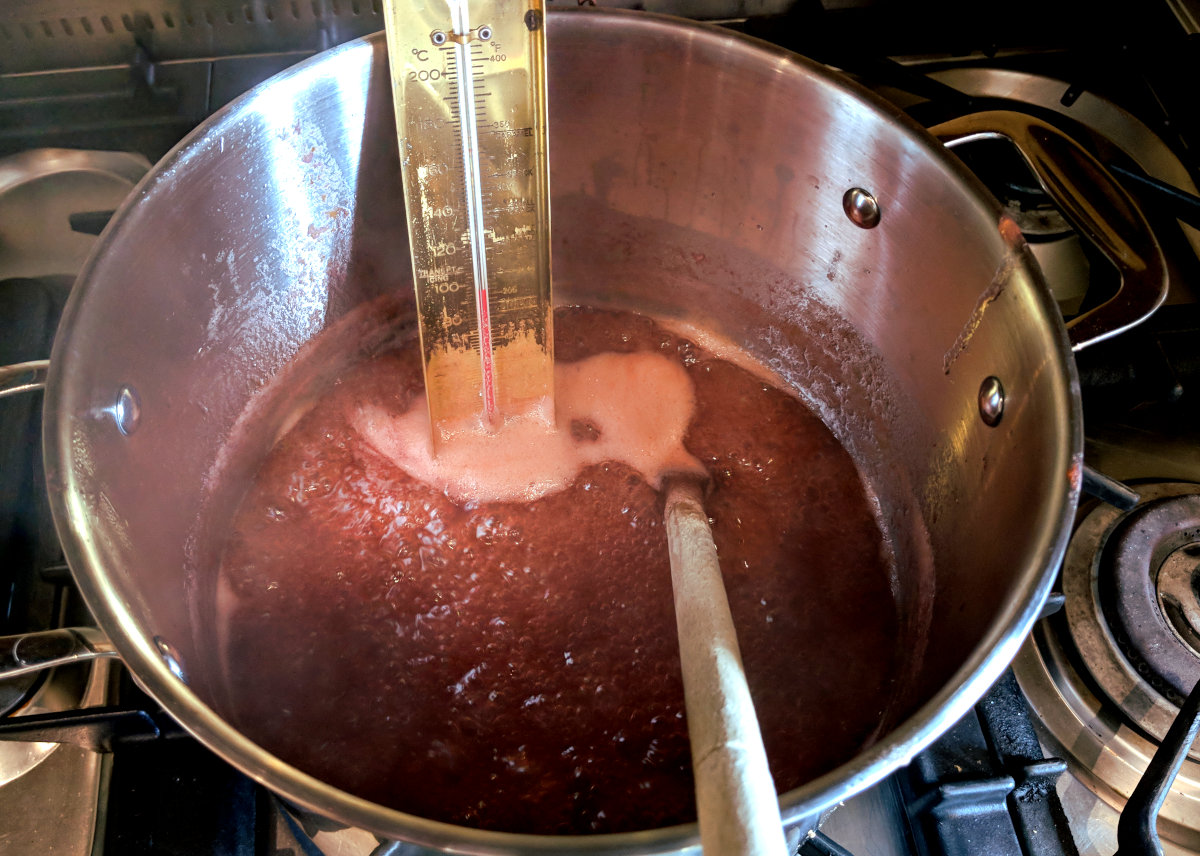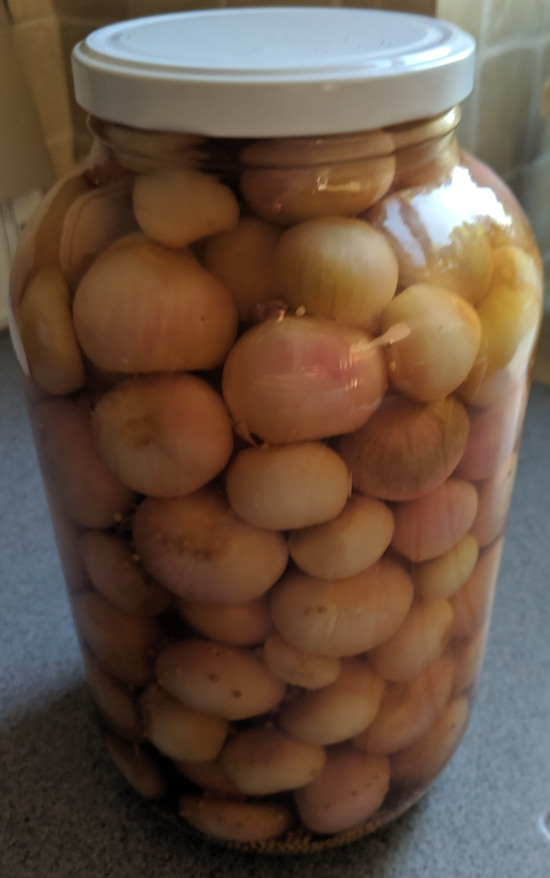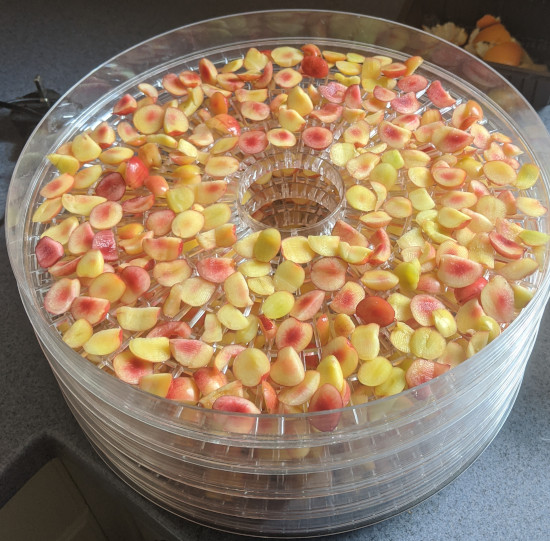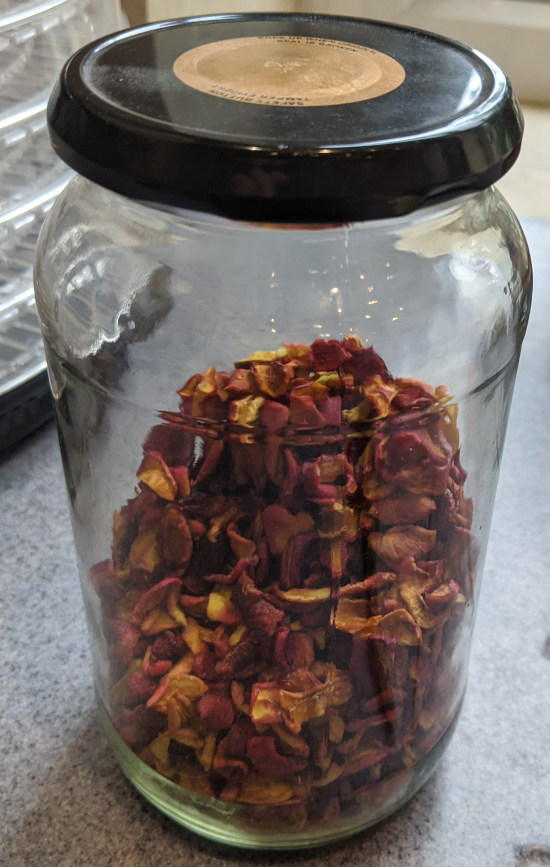Preserve

If you are like me, around the end of summer and the beginning of the Fall you get more produce than you can handle and everything seems to ripen all at the same time.
Food preservation by definition is the prevention of the growth of microorganisms, bacteria and yeasts which spoil food and and the slowing down of the oxidation of fats that cause rancidity. The preservation of foodstuffs also includes methods that slow or stop the visual deterioration, like using lemon juice on cut apples to stop them going brown.
Preservation is the key to being able to extent the useful life of food, sometimes for years.
Food preservation is the process of preventing food from spoiling. This can be done through a variety of methods, including:
- Heat: Heating food to high temperatures kills harmful bacteria and other microorganisms. This is the most common method of food preservation, and it is used in techniques such as canning, pasteurization, and cooking.
- Cold: Storing food at low temperatures slows down the growth of microorganisms. This is the basis for refrigeration and freezing, which are two of the most common methods of food preservation.
- Dry: Removing moisture from food prevents the growth of microorganisms that need water to survive. This is the basis for drying, which is a traditional method of food preservation that has been used for centuries.
- Salt: Salting draws moisture out of food, which helps to prevent the growth of microorganisms. This is the basis for salting, which is another traditional method of food preservation.
- Sugar: Sugar helps to create an environment that is inhospitable to microorganisms. This is the basis for sugaring, which is a method of food preservation that is often used for fruits.
- Fermentation: Fermentation is a process in which microorganisms convert sugars into acids or alcohol. This creates an environment that is inhospitable to other microorganisms, and it also preserves the flavor and nutritional value of food. This is the basis for fermentation, which is a method of food preservation that is used for a wide variety of foods, including sauerkraut, pickles, and yogurt.
In addition to these methods, there are also a number of other techniques that can be used to preserve food, such as irradiation, vacuum packaging, and modified atmosphere packaging.
The best method of food preservation for a particular food will depend on a number of factors, including the type of food, the desired shelf life, and the cost of the preservation method. However, all of the methods listed above are effective ways to prevent food from spoiling and to extend its shelf life.
Below: I love pickles onions and make a few gallon jars every year.

Preserving food does require care to avoid contamination and patience.
What are the methods of food preservation?
The different methods all have their advantages and disadvantages, some only preserve for a short time but are easy and other methods are more involved and lengthy but will keep food edible for years.
You can preserve food by the following methods:
- Canning or bottling is the process of sealing food in glass bottles or cans and boiling in water fro varying amounts of time to kill the bacteria in the jar or can.
- Brining or Pickling is the preserving of food in a salt solution or brine. Vinegar is typically used in pickling but pickled food can also be stored under oil.
- Drying is the process of removing moisture from food and id the oldest method of preserving food. Removing the water prevents bacterial growth and the food can be easily transported as it is lighter than the original foodstuff. Just about all foods can be dried.
- Salting is a dry process, distinct from brining that removes some of the water from the food and replaces it with salt.
- Freezing is the storage of food below 32 F (0 C). The average household freezer will hold a temperature of 0 F (-18 C) which will keep food fresh for at least 12 months provided items are properly packaged.
- Smoking has two methods, cold smoking where the food is smoked below 30 C and hot smoking where the food is cooked slowly in the smoke from a smouldering fire.
- Vacuum packing uses firm plastic bags from which the air is removed and the bag heat sealed buy a vacuum sealing machine.
- Sugar to make jams and jellies. Cordials, jams, marmalade and jellies are all preserves of fruit made by adding sugar and boiling.
- Burying. food id buries in the soil to allow it to stay cool and slowly ferment in a carbon dioxide atmosphere. An example of this is Kim-chi.
- Root cellars, pantries or larders and large underground rooms that stay cool and dry and are the ideal place to store some foods.
- Fermentation
- Cheese is a method of preserving the fats and proteins in milk. There are thousands of cheeses from all over the world made from the milk of a dozen different farm animals.
- Potting is a peculiarly English method of storing cooked meat under a thick layer of fat, like butter.
- Modified atmosphere.
- Refrigeration.
- Steeping in alcohol
Why is food preserved?
Food is preserved to keep it edible for long periods so you can still eat well in winter when supplies might be scarce. Preserving food also saves money, especially if you produce what you are storing yourself.
Food is preserved for many reasons:
- People like the taste. I am a big fan of pickled onions and make several jars every year. Many people like smoked meat or fish.
- I allows surplus crops to be used later in the year.
- Drying food makes it easy to handle and store.
Below: Me drying the surplus cherry crop. This variety is Napoleon Bigarreau with big gold coloured fruit and not as sweet as some varieties.

Below: Several kilograms of cherries can be dried to 150 grams and stored in a jar for months.

Here are some tips for safe food preservation:
- Follow the instructions carefully: When using any method of food preservation, it is important to follow the instructions carefully. This will help to ensure that the food is safe to eat.
- Use clean, sanitised equipment: All equipment that comes into contact with food should be clean and sanitised. This will help to prevent the spread of bacteria.
- Store food properly: Once food has been preserved, it is important to store it properly. This will help to ensure that the food stays safe to eat.
By following these tips, you can safely preserve food and extend its shelf life.
